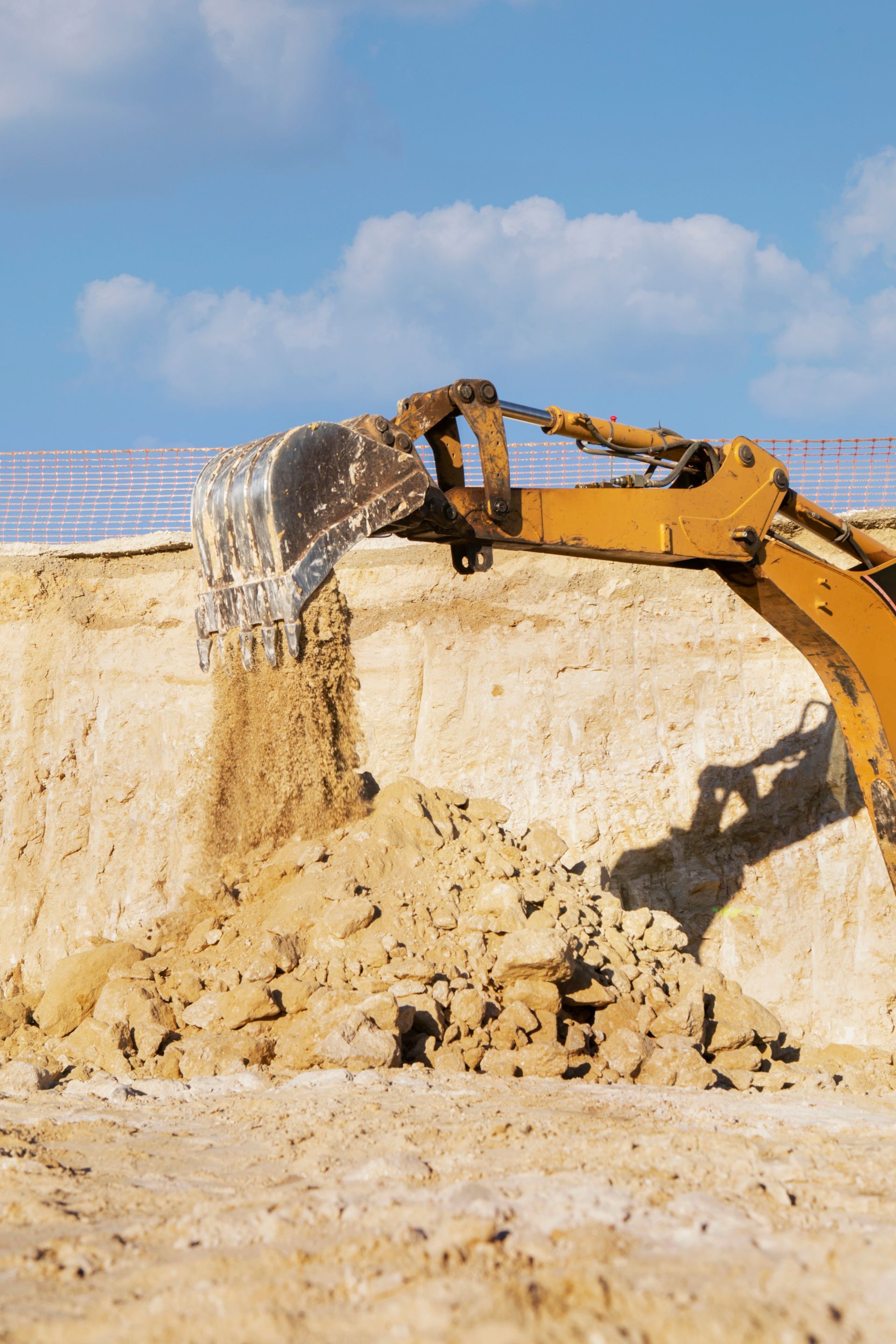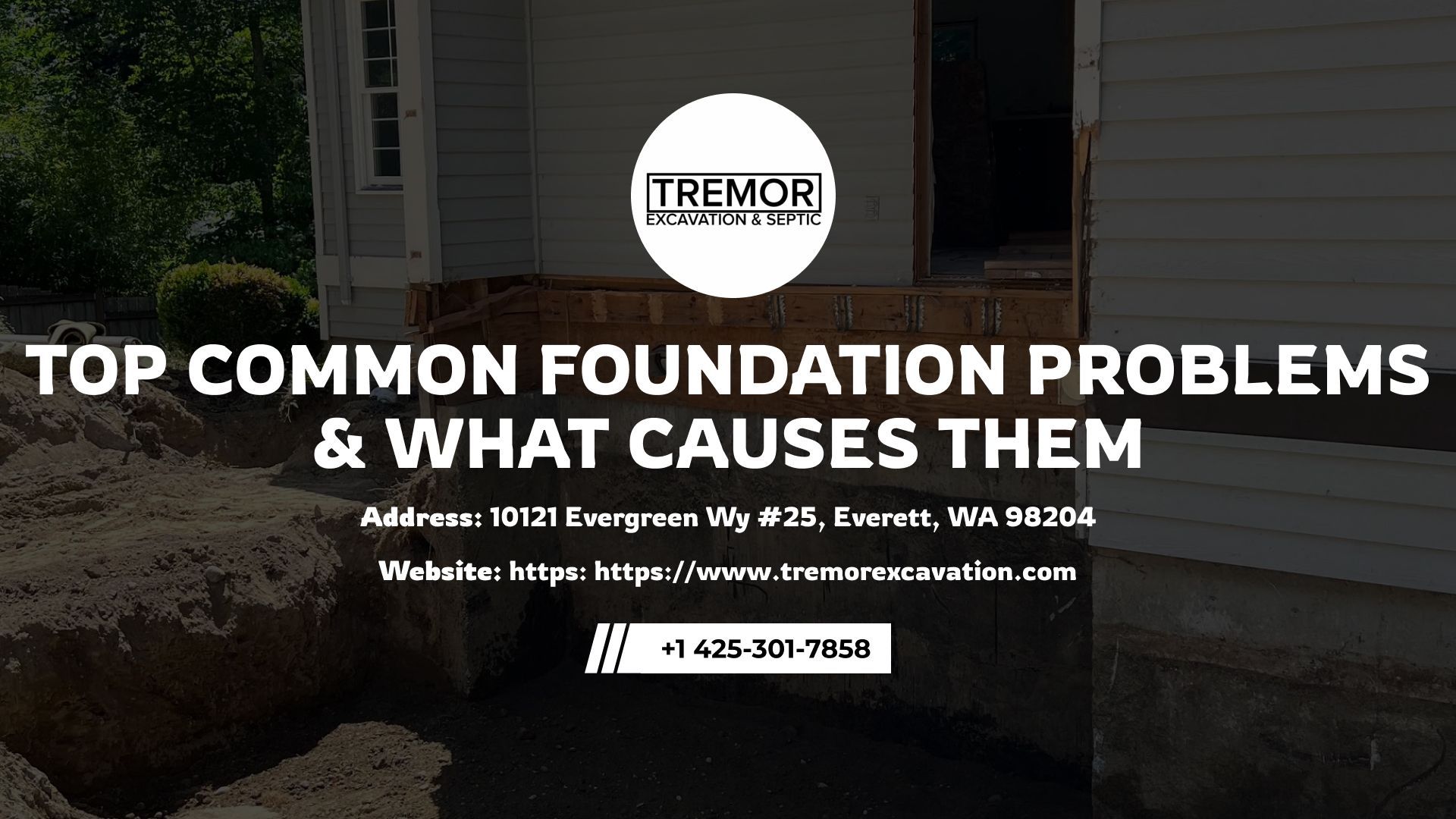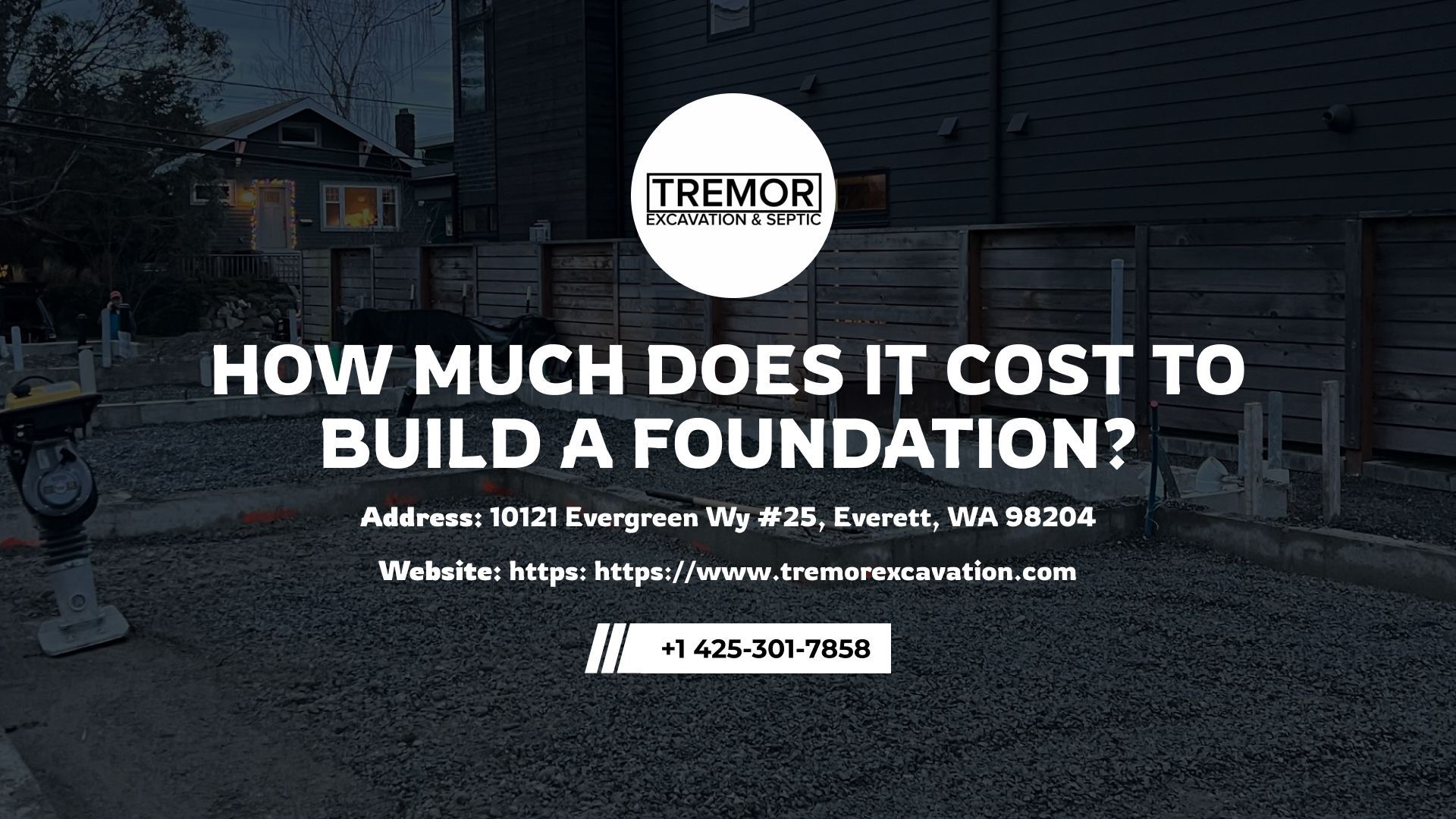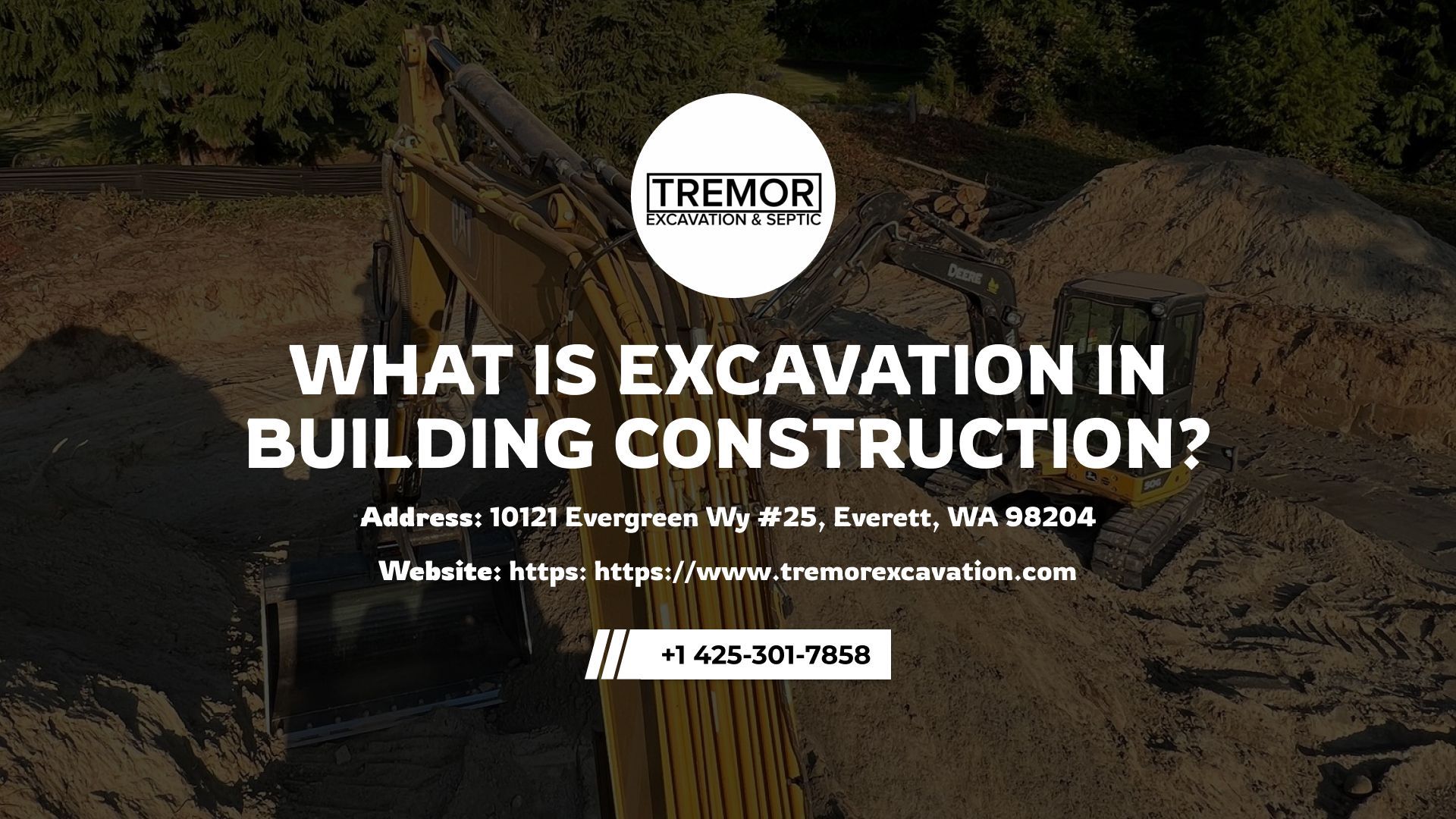What Are Excavations? A Beginner’s Guide

Excavation is the essential first step in construction, from foundations to drainage systems. Knowing what are excavations gives beginners a clear view of how safe earth removal supports stability and compliance. This guide explains what does it mean to excavate, and the difference between digging and excavation in modern construction.
Key Takeaways
- Excavations primarily consist of trenching, basement work, dredging, and topsoil removal.
- Digging and excavation differ in scale, purpose, equipment, and safety, with excavation being large-scale and regulated.
- Excavation ensures structural stability, supports erosion control and drainage, and meets safety regulations.
- Common excavation challenges include unstable soil, weather delays, hidden utilities, permit requirements, and jobsite safety risks.

What Is Excavation In Construction?
Wondering what are excavations in building construction? Excavation in construction means the removal of rock, earth, or soil with the intention of uncovering a building location. The activity accommodates civil engineering works, infrastructural works, as well as landscaping. This process includes both shallow excavations and deep excavations.
Key Types Of Excavation In Construction
Excavation includes several types based on depth, purpose, and method. Each type supports specific construction projects, ensuring safe and efficient land preparation.
Topsoil Excavation
Topsoil excavation removes the upper layer of soil, including organic matter and vegetation. This process prepares stable ground for foundations, pavements, or concrete slabs.
Planning site prep? Explore stump grinding costs to see how clearing impacts your budget.
Trench Excavation
Trench excavation creates narrow, deep cuts for pipelines, utility lines, and drainage systems. These trenches are essential for safe water management and underground infrastructure.
Basement Excavation
Basement excavation involves deep digging to create underground spaces, basements, or parking garages. This work requires strong retaining structures and precise earthmoving equipment.
Dredging & Underwater Excavation
Dredging removes sediment and debris from harbors, rivers, and canals. Underwater excavation supports safe navigation, flood control, and marine construction.
What Is The Difference Between Excavation And Digging?
Many beginners confuse digging and excavation. Both involve removing soil, but the scale and purpose are different.
| Factor | Digging | Excavation |
|---|---|---|
| Scale | Small, shallow removal | Large-scale, deep, engineered earth removal |
| Purpose | Simple tasks like planting or small repairs | Structural foundations, utilities, drainage, and site preparation |
| Equipment | Hand tools such as shovels and spades | Heavy machinery like excavators, bulldozers, and backhoes |
| Safety | Minimal safety risks | Strict regulations, OSHA rules, shoring, and inspections |
Conclusion: Digging may handle small jobs, while excavation is essential for engineered construction projects that require safety and precision.
Why Excavation Matters In Construction Projects?
Excavation ensures structural stability, effective drainage, and compliance with safety codes. Without proper excavation, buildings face settlement risks and water damage.
Structural Stability
Excavation prepares stable foundations that carry the load of buildings, bridges, and roads. Proper soil removal prevents shifting and collapse. Excavation also supports advanced footing types such as pier foundations.
Drainage & Erosion Control
Excavation provides natural channels for water runoff, reducing erosion and protecting landscapes. Correct grading prevents flooding and soil washouts.
Regulatory Compliance
Excavation must meet OSHA standards, local permits, and safety regulations. Following the rules ensures legal operation and public safety.
Common Challenges In Excavation
Excavation work often faces obstacles that affect cost, safety, and timelines. Here are the most common challenges:
- Unstable soil conditions, such as sandy or loose ground
- Weather delays caused by heavy rain, flooding, or frozen earth
- Underground utilities like hidden pipes, cables, and gas lines
- Permit requirements that slow down construction start times
- Safety risks, including cave-ins, falling debris, and equipment accidents
- Some projects also require demolition before excavation.
See our guide on how much does house demolition cost to understand pricing and prepare your budget.
Book Professional Excavation Services Near Me
Let professional excavation contractors manage your project with the right equipment, safety standards, and local compliance. Tremor Excavation & Septic delivers safe, efficient excavation services for residential and commercial projects. Our licensed crews handle site excavation, foundation digging, and utility trenches. Call today to book excavation contractors near me.
FAQs
What is the purpose of excavation?
Excavation prepares land for foundations, utilities, drainage, and overall site development.
Is digging considered excavation?
Digging may overlap, but excavation involves larger-scale, specialized equipment and engineered safety measures.
What are the safety rules for excavation?
Safety rules include sloping, shoring, daily inspections, and personal protective equipment. OSHA regulates these standards.
How long does excavation take in construction?
Small projects may take days, while large site excavations can last weeks, depending on depth and soil type.
How much does excavation cost for a typical home project?
Excavation costs vary by project size, soil type, and location. On average, utility trenching is $10–$25 per foot, small foundation digs cost $3,000–$5,000, and basement excavation ranges from $8,000–$20,000. Always request a site-specific estimate.











